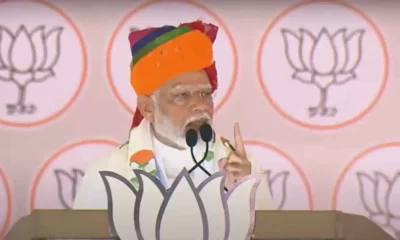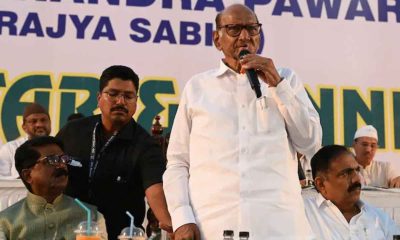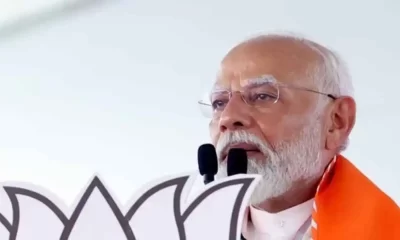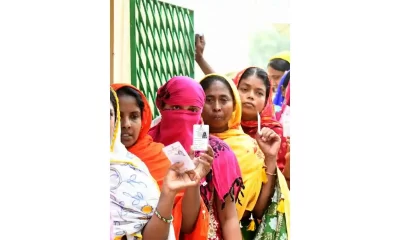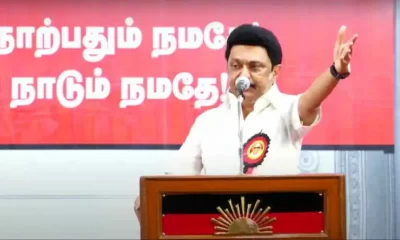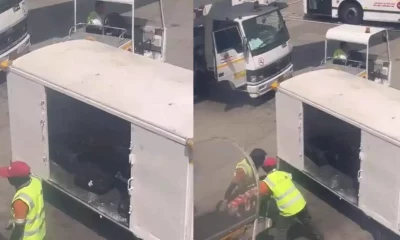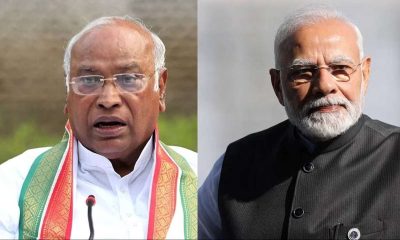India News
What Modi govt was hiding: Unemployment highest in 45 years; but more reports pending
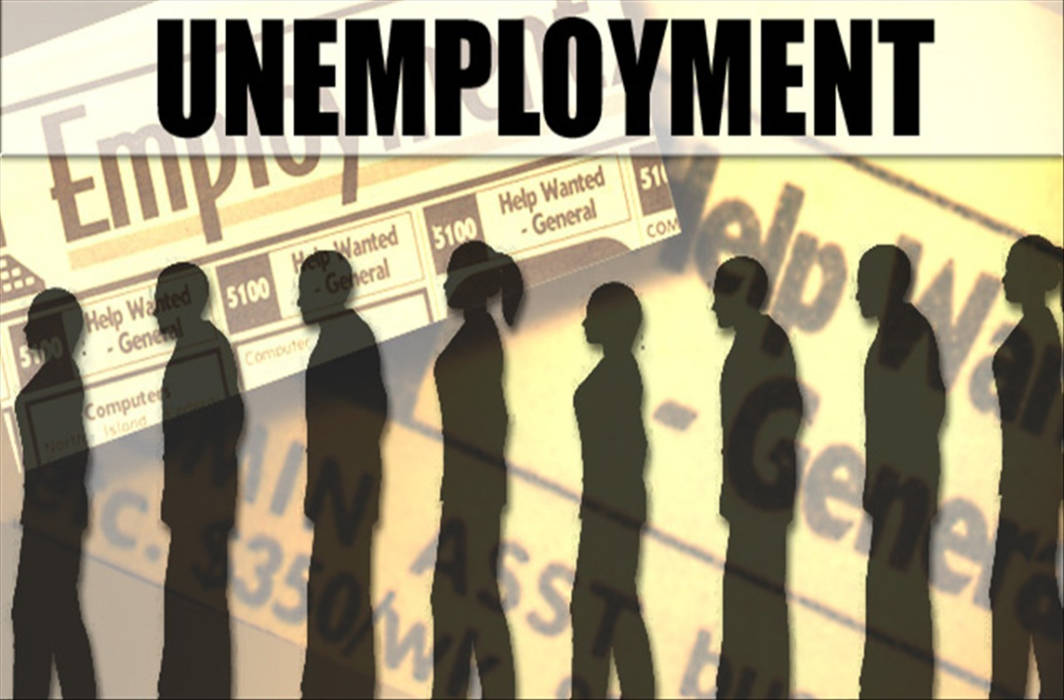
[vc_row][vc_column][vc_column_text]
The country’s unemployment rate stood at a 45-year high of 6.1% last year (2017-18) according to the National Sample Survey Office’s (NSSO) periodic labour force survey (PLFS) reported by Business Standard (BS).
This is the data which Prime Minister Narendra Modi government has withheld, prompting the two independent members of National Statistical Commission (NSC) – acting chairman PC Mohanan and member JV Meenakshi – to resign.
The government merely expressed surprise, saying the two had not raised their concerns at any of the meetings, and added that the report was being processed and will be released thereafter. It also said there were some aspects missing in the report, inviting the further criticism that a minister and his bureaucrats cannot be better judges of the report than the experts specially entrusted the task.
Already under fire for growing joblessness, it was clear that Modi government was reluctant to release the report with 2019 Lok Sabha election due in just a couple of months.
But apart from the job front, there is a whole range of other government reports and statistics that is usually updated periodically, which Modi government has not made public for years: data on crime, farmer suicides, caste and agricultural wages, found an IndiaSpend research. More on that below; first, let’s look at the NSSO survey findings.
This is the first survey on employment by a government agency after PM Modi announced demonetisation of Rs 500 and Rs 1,000 currency notes in November 2016. The PLFS is the first annual household survey of the NSSO. Data was collected between July 2017 and June 2018.
Documents reviewed by the Business Standard showed that joblessness – unemployment rate –was at its highest since the 1972-73 period, from when the employment data is comparable.
In comparison, the unemployment rate stood at 2.2% in 2011-12, during the United Progressive Alliance’s (UPA) second term, according to the survey.
The report showed that the unemployment rate among the youth was at a higher level compared to previous years and “much higher compared to that in the overall population”.
The rate of unemployment among men in rural areas between the ages of 15 and 29 years jumped to 17.4 percent in 2017-18 compared to 5 percent in 2011-12. The unemployment rate among women in rural areas stood at 13.6 percent in 2017-18 compared to 4.8 percent in 2011-12, according to the survey.
Unemployment among youth in urban areas was higher than in rural areas – 18.7 percent for men and 27.2 percent for women in 2017-18.
The same was true for the educated. More among the educated were jobless in 2017-18 than they were in 2004-05. For educated women in rural areas, unemployment was at 17.3 percent in 2017-18 compared to 9.7 percent-15.2 percent during 2004-05 to 2011-12. For educated men in rural areas, the unemployment rose to 10.5 percent in 2017-18 compared to 3.5 percent to 4.4 percent during 2004-05 to 2011-12.
The labour force participation rate, which is the proportion of population working or seeking jobs, declined from 39.5 percent in 2011-12 to 36.9 percent in 2017-18. The labour force participation has been declining since 2004-05. The dip was at a higher pace in 2017-18 compared to 2011-12, but at a lower speed than what was witnessed in 2009-10.
Earlier, surveys conducted by the Centre for Monitoring Indian Economy (CMIE) said that 1.1 core jobs were lost last year.
India’s economy has been expanding by 7 per cent plus annually — the fastest pace among major economies — but the uneven growth has meant there are not enough jobs created for millions of young Indians entering the workforce each year. This has put pressure on Modi as he faces general elections in May.
The Modi government’s penchant to present a rosy picture of national situation extends to concealing the ugly reality in many key areas.
Withholding data is Harmful to the Country in many ways
Lack of data prevents central and state governments from making informed decisions, Jayati Ghosh, a development economist and professor of economics at the Jawaharlal Nehru University was quoted as saying by IndiaSpend. Citizens who need to plan for their savings, investments and other issues are similarly affected, she said.
It creates economic opacity that prevents businesses and investors from making good decisions, said IndaSpend quoting Sabina Dewan, president and executive director of JustJobs Network, a research organisation focussed on strategies for job creation & workforce development.
Dewan said it also prevents NGOs and other development-oriented organisations from doing their work in an evidence-based manner.
“How are we to hold government accountable if they control and censure information that should be publicly accessible? We risk going down a very slippery slope if government withholds such data that should help in determining the policies that will actually help address the jobs crisis,” she told IndiaSpend.
“The Indian government’s withholding of the National Sample Survey employment/ unemployment report, which is expected to reflect job losses, undermines the ability of the electorate to make informed decisions,” said Dewan, adding, “A functional democracy is premised on an informed electorate.”
“All surveys should be put into the public domain so that researchers and analysts can examine and critique the data quality and also generate additional analyses that can serve the policy community,” Purnima Menon, senior research fellow at the International Food Policy Research Institute, told IndiaSpend. The National Family Health Survey and the National Sample Survey, for instance, can be downloaded directly from the websites, she said. “It’s fantastic to see the various data and research outputs generated from these,” she added.
Citizens deserve to know whether major economic reforms such as demonetisation and introduction of the Goods and Services Tax have had an impact on employment, Dewan added.
“At the very least, the public, experts and even other policymakers that can use this information to make informed decisions, deserve an explanation,” Dewan added.
Modi government has kept the country in the dark about several important indicators that are essential for policy making and governance.
Recently, there have also been concerns raised over data going missing from the websites of centrally-sponsored schemes. For example, several sets of data were removed from the Swachh Bharat-Gramin website, including data on expenditure, conversion of insanitary toilets which foster manual scavenging, and several details of toilet construction, as IndiaSpend reported on October 6, 2018.
| Missing Statistics – A Non-Exhaustive List | ||
| Report | Ministry/Department | Last submitted |
| NSSO Annual Employment-Unemployment Report | Ministry of Statistics and Programme Implementation | 2011-12 |
| Socio-Economic Caste Census (data for OBCs was supposed to be released by 2015-16) | Office of the Registrar General & Census Commissioner | 2011-12 |
| Rapid Survey of Children | Ministry of Women and Child Development | 2013-14 |
| Foreign Direct Investment statistics | Ministry of Commerce/DIPP | Jun-18 |
| Crime in India | National Crime Records Bureau | 2016 |
| Prison Statistics of India | National Crime Records Bureau | 2015 |
| Accidents and Suicides data | National Crime Records Bureau | 2015 |
| Agricultural Wages Data | Ministry of Agriculture/ Directorate of Economics and Statistics | 2015-16 |
Source: IndiaSpend research
The accidents and suicides report, which provides information on farmer suicides and is brought out by the National Crime Records Bureau (NCRB), has not been released for four years now.
Data on foreign direct investment, brought out every quarter by the department of industrial policy and production (DIPP), have not been released since June 2018, despite the Reserve Bank of India (RBI) providing it with regular inputs, according to this Business Today report published on January 29, 2019.
When the central government released the socio-economic profile of the population generated through the Socio-Economic Caste Census (SECC) in 2015, it withheld data on caste despite demands from opposition parties and ministers within the government, a report in The Economic Times said in September 2018.
The report of a Comprehensive National Nutrition Survey–started towards the end of 2016 to create comprehensive nutritional profiles of preschoolers (0-4 years), school-age children (5-14 years) and adolescents (15-19 years)–has been ready but not released.
The report would help reorient India’s nutrition policy and serve as a baseline to evaluate the progress of recently launched initiatives such as the Rashtriya Kishor Swasthya Karyakram (‘national adolescent health programme’), Rashtriya Bal Swasthya Karyakram (‘national child health programme’) and the National Iron-Plus Initiative, the IndiaSpend research said.
[/vc_column_text][/vc_column][/vc_row]
2024 Lok Sabha Elections
Bollywood actor Neha Sharma campaigns for her father Ajit Sharma in Bhagalpur, Bihar
The Bollywood actor posted a video on her Instagram handle which showed her journey through various districts of Bihar, including Kishanganj, Banka, Purnea and Katihar. She was dressed in a traditional salwar kameez and was seen greeting and encouraging the public to cast their votes.
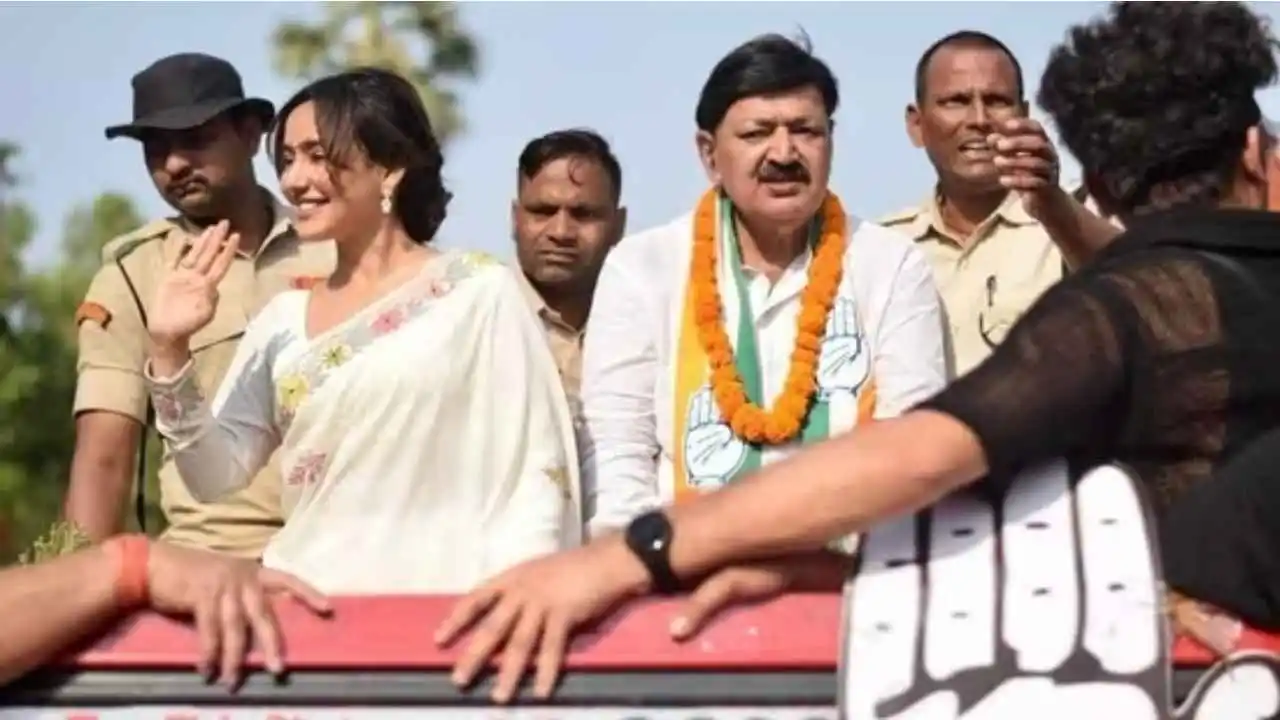
Bollywood actor Neha Sharma’s recent participation in a roadshow in Bihar has taken the internet by storm. Sharma, known for her roles in films like Tum Bin 2 and Crook, was seen supporting her father, Ajit Sharma, who is contesting from Bhagalpur Lok Sabha seat on a Congress ticket. The roadshow came amid speculations that the actor might enter politics. But, it is now clear that she was just campaigning for her father.
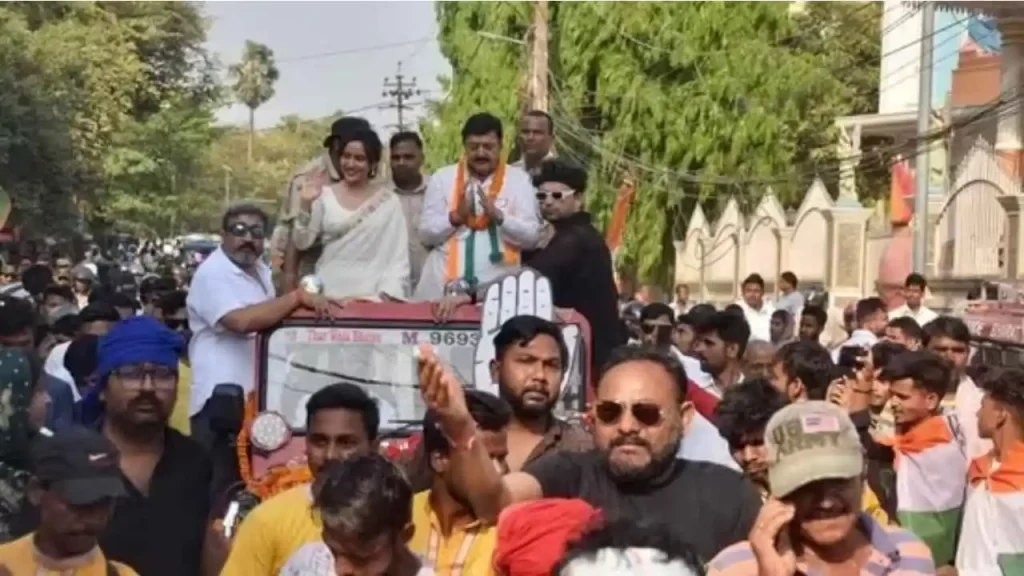
The Bollywood actor posted a video on her Instagram handle which showed her journey through various districts of Bihar, including Kishanganj, Banka, Purnea and Katihar. She was dressed in a traditional salwar kameez and was seen greeting and encouraging the public to cast their votes.
The actor received a warm reception and love from a large crowd in Pirpainti and Kahalgaon during her roadshow. She wrote on Instagram that it is said when someone gives one a place in their heart, then they live there forever. She said her heart is full of all the love and support she was receiving from the people. She thanked the people for the warm welcome she got in Pirpainti and Kahalgaon. Aapka pyar sar ankhon par.
Another video, circulating on social media showed the actor actively participating in her father’s election campaign in Bhagalpur. The election to the Bhagalpur Lok Sabha seat is set to take place in the 2nd phase on April 26. Ajit Sharma is representing the Congress and is up against JDU’s Ajay Kumar Mandal in this seat.
Earlier, there had been rumours and speculations that Neha Sharma might join politics. But many reports have clarified that she is not making her political debut yet. The Bollywood actor had been offered the opportunity to join politics by her father Ajjit Sharma but she is currently focusing on her acting career.
Education
Farmer’s son Nilkrishna Gajare Nirmalkumar from Maharashtra scores 100 NTA score in IIT-JEE Mains 2024
Nilkrishna Gajare’s father is a farmer and had to discontinue his own education after Class 12 as he faced financial difficulties. Gajare faced financial challenges growing up. However, his unwavering dedication and strategic approach to preparation set him apart from the crowd.
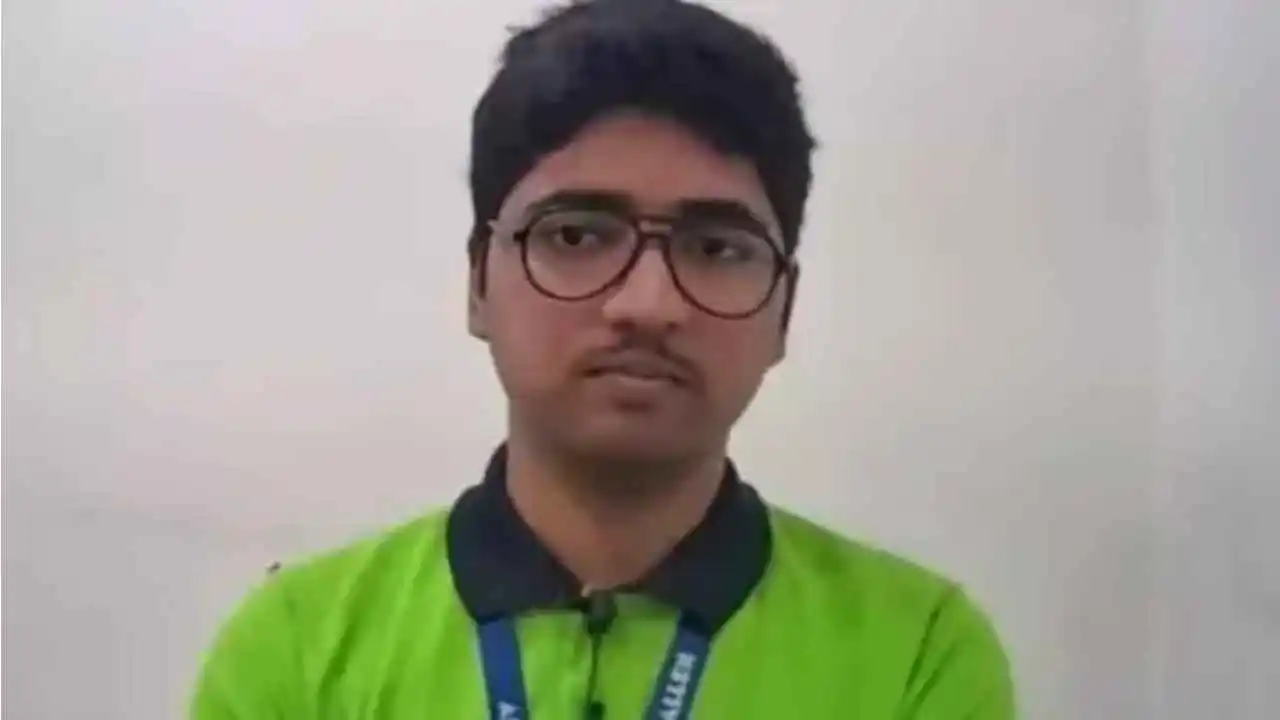
Nilkrishna Gajare, who hails from Maharashtra’s Washim, achieved an extraordinary feat by securing a perfect score of 100 in the JEE Main 2024 examination. His journey from humble beginnings to the pinnacle of success is a source of inspiration for many people.
Nilkrishna Gajare’s father is a farmer and had to discontinue his own education after Class 12 as he faced financial difficulties. Gajare faced financial challenges growing up. However, his unwavering dedication and strategic approach to preparation set him apart from the crowd, which resulted in his remarkable achievement of emerging as topper of one of India’s toughest Engineering entrance exams.
Nilkrishna Gajare had a strategic plan that helped him succeed in IIT-JEE 2024. According to Nilkrishna persistence is important and one should never stop trying until they understand a topic. He said being curious and asking questions are important traits of a good student. He said one should not be ashamed of asking questions.
Nilkrishna spent around 10-15 hours every day studying on his own for the JEE Main exam. He mentioned that he used his class notes for Physics and Physical Chemistry. For organic chemistry and inorganic chemistry, he relied on both notes and practice questions.
As for Mathematics, he believed that practicing regularly was the most important thing for him. Other interests of Nilkrishna include archery. He has participated at both state and national levels, and he finds joy in the sport. He said archery helps him understand the importance of focusing his attention on his goals. Nilkrishna likes watching movies and said they are a great source of enjoyment and relaxation.
He likes to watch a movie after exams and occasionally treats himself to one each week too. Gajare aims to keep up the pace for the JEE-Advanced exam and hopes to get into the IITs. He said he wants to secure admission in IIT-Bombay in the computer science branch.
2024 Lok Sabha Elections
Lok Sabha elections: Samajwadi Party chief Akhilesh Yadav files nomination from Kannauj
The Samajwadi Party has announced Akhilesh Yadav as its official candidate for the Kannauj Lok Sabha seat today
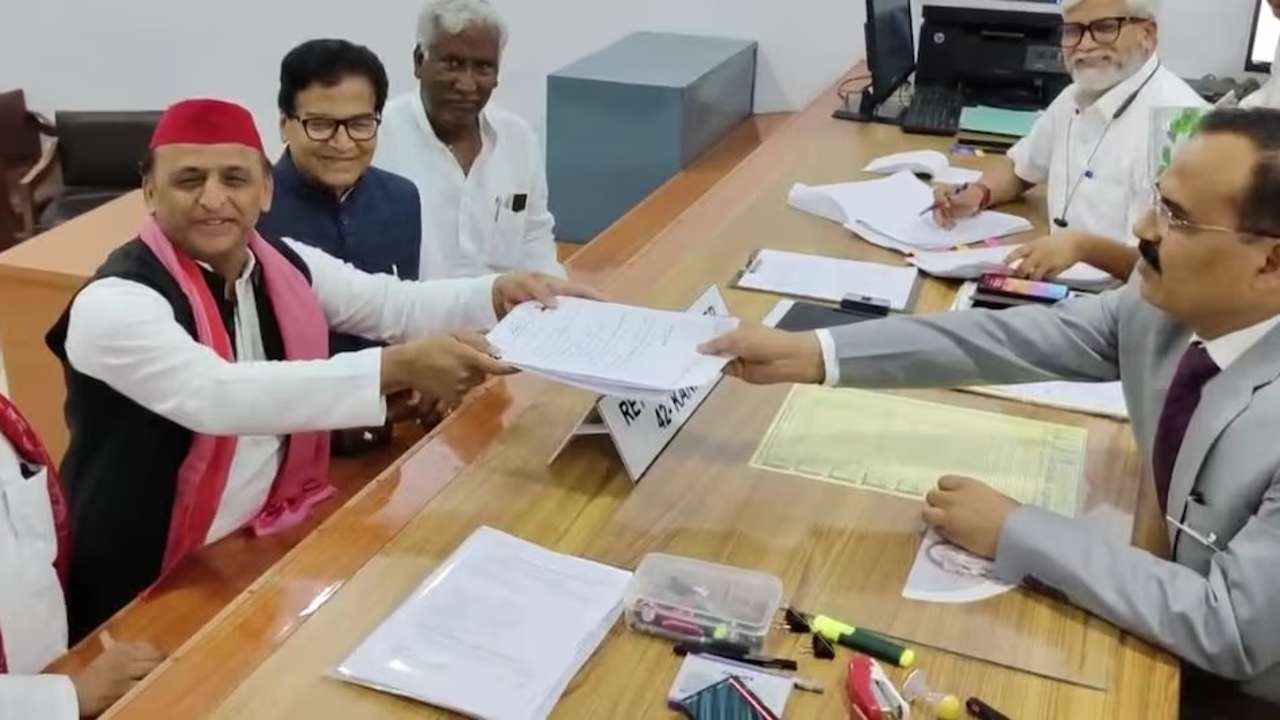
Samajwadi Party (SP) chief Akhilesh Yadav, submitted his nomination for the Kannauj Lok Sabha constituency ahead of tomorrow’s second round of voting. In front of Ram Gopal Yadav and other party leaders, the chief of the SP, who had previously contested the seat in 2000, 2004 and 2009, submitted the nomination.
Speaking with media, Ram Gopal Yadav said that SP would win the seat by a huge margin. The BJP candidate might lose his deposit in the seat, he said.
The Samajwadi Party has completely reversed its earlier plan to field former Mainpuri MP Tej Pratap Singh Yadav as their candidate, which is a significant political development.
Earlier, Akhilesh Yadav told reporters, people will find out when the nomination takes place, in reference to the speculations that he will contest for the seat. The historic victory of Kannauj is the subject of inquiry.
The former chief minister continued, the people have decided that the India bloc is coming as the future and the BJP will be history in this election.
Notably, elections for the Kannauj seat are scheduled for May 13, which would intensify the political drama that is now playing out in Uttar Pradesh. Previously regarded as the Samajwadi Party’s stronghold, the seat was lost by the party in the 2019 election when Subrat Pathak of the BJP won with a resounding victory.
The candidates competing for the following Uttar Pradesh seats will find out their destiny in the second round of voting, which is scheduled for tomorrow, Amroha, Meerut, Mathura, Baghpat, Aligarh, Ghaziabad, Gautam Buddh Nagar, and Bulandshahar.
Notably, two Bollywood celebrities running as BJP candidates in the second round are Hema Malini from Mathura and Arun Govil from Meerut. There are 91 contestants from UP competing in the second phase.
The seats in Gautam Buddha Nagar and Mathura are up for grabs, with a maximum of 15 applicants per seat. In Bulandshahr, six candidates are vying for the presidency. There are twelve contenders running in Amroha, eight in Meerut, seven in Baghpat, and fourteen in Ghaziabad and Aligarh.
1,67,77,198 votes will decide these candidates’ fates.
-
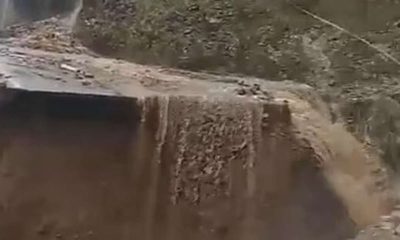
 India News8 hours ago
India News8 hours agoLandslide hits Arunachal Pradesh, highway linking Indo-China border affected
-
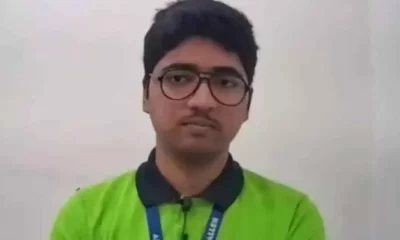
 Education6 hours ago
Education6 hours agoFarmer’s son Nilkrishna Gajare Nirmalkumar from Maharashtra scores 100 NTA score in IIT-JEE Mains 2024
-
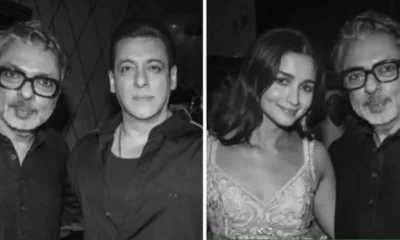
 Entertainment8 hours ago
Entertainment8 hours agoBollywood stars Salman Khan, Alia Bhatt, Rekha, Sonakshi Sinha, Aditi Rao Hydari attend Sanjay Leela Bhansali’s Heeramandi premiere
-

 India News9 hours ago
India News9 hours agoTamannaah Bhatia summoned in illegal IPL streaming app case, to appear before cyber cell on April 29
-
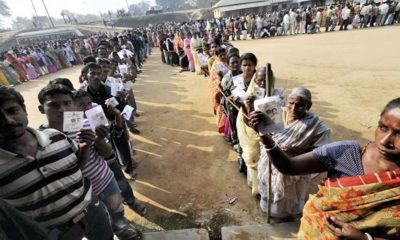
 2024 Lok Sabha Elections8 hours ago
2024 Lok Sabha Elections8 hours agoBihar: Election Commission extends voting timings for 4 Lok Sabha seats due to heatwave
-

 Cricket news9 hours ago
Cricket news9 hours agoIPL 2024: Rishabh Pant, Axar Patel score half centuries as Delhi Capitals beat Gujarat Titans by 4 runs
-
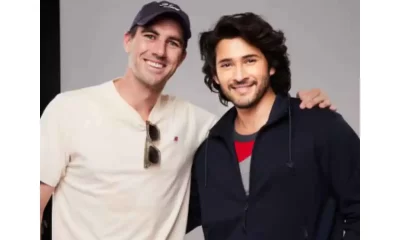
 Cricket news2 hours ago
Cricket news2 hours agoTelugu superstar Mahesh Babu meets SRH captain Pat Cummins, says it is an absolute honour
-
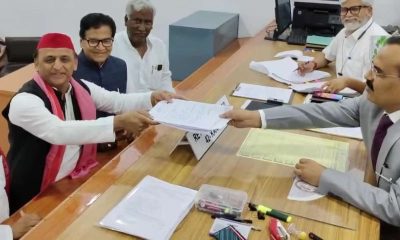
 2024 Lok Sabha Elections7 hours ago
2024 Lok Sabha Elections7 hours agoLok Sabha elections: Samajwadi Party chief Akhilesh Yadav files nomination from Kannauj



